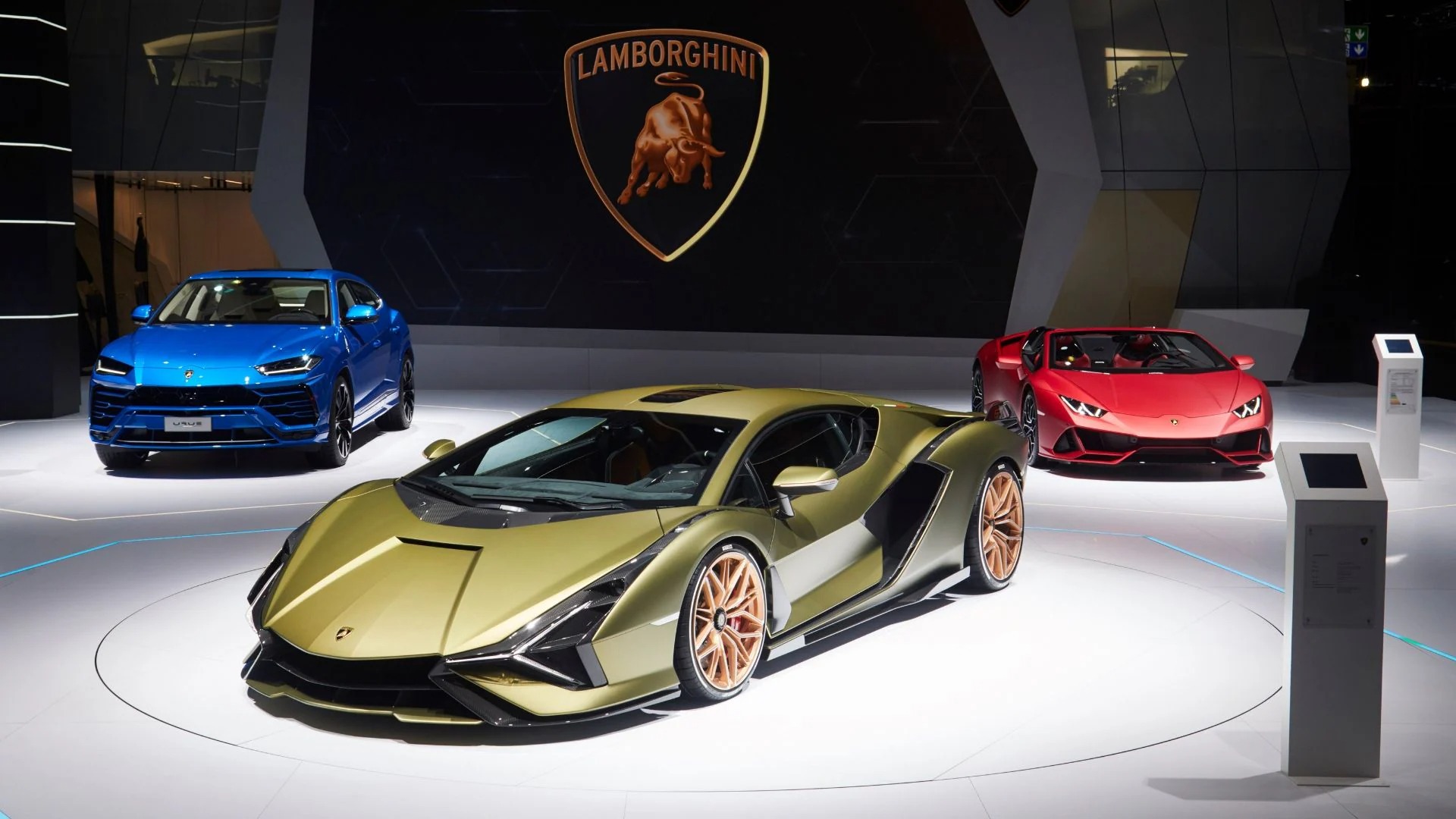Apart from their expertise in crafting espressos, Italians have earned a stellar reputation for producing supercars, and the iconic Lamborghini stands out as one of the two most renowned and highly respected Italian automakers. When enthusiasts discuss their dream cars, it often boils down to a choice between a Lamborghini and a Ferrari, given the rich legacy and the longstanding rivalry between these two brands in the pursuit of creating the ultimate automobile.
In this exploration, we focus specifically on Lamborghini, a brand whose iconic models have ignited dreams worldwide, inviting enthusiasts to envision themselves racing down the road in some of the most powerful cars ever manufactured.
To discern which Lamborghinis have left the most indelible mark, which ones have been the subject of countless dreams, we’ve undertaken the task of compiling a subjective ranking of the top 20 Lamborghinis of all time.
Lamborghini L33 Tractor:
The journey begins with the L33 Tractor, Lamborghini’s initial foray into vehicle production. While not a supercar, this humble machine, the first from Lamborghini Trattori, holds historical significance as it spurred Ferruccio Lamborghini to venture into creating sports cars. The infamous criticism from Enzo Ferrari, dismissing Lamborghini as a mere tractor driver, fueled the genesis of Lamborghini’s legendary rivalry with Ferrari.
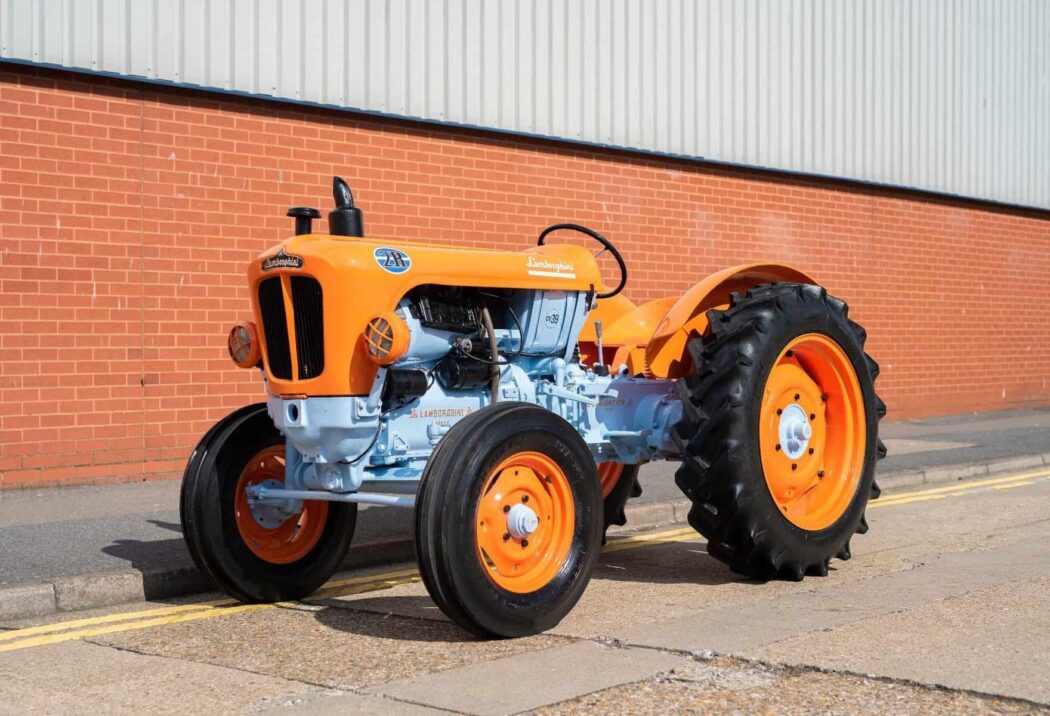
Lamborghini Urus:
Transitioning from the L33 Tractor to the modern Urus might seem incongruous, but the Urus, despite deviating from the traditional Lamborghini ethos, cannot be ignored. While some may argue against its inclusion in Lamborghini’s lineup, its commercial success and popularity among clients make a compelling case, even if it deviates from the quintessential Lamborghini identity.
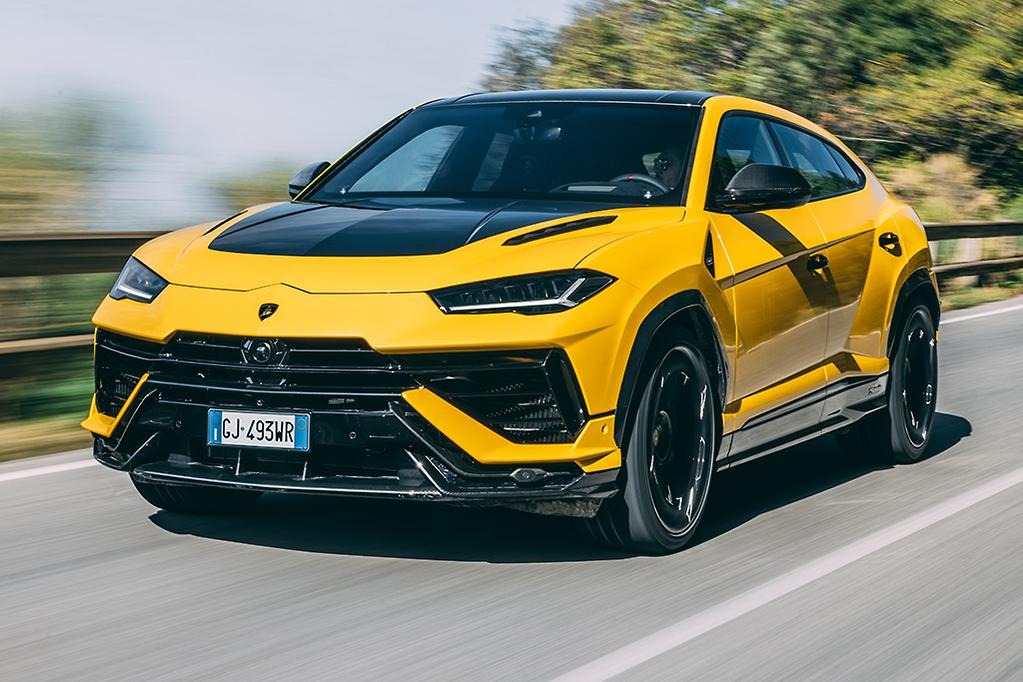
Lamborghini Sián FKP 37:
The Sián FKP 37 stands as a unique creation in Lamborghini’s lineup, marking a departure from the brand’s traditional roaring V12s. As Lamborghini’s first hybrid car, it integrates a 6.5-liter naturally aspirated V12 with a 48V electric motor, resulting in a formidable 808 horsepower – the highest in any Lamborghini production car.
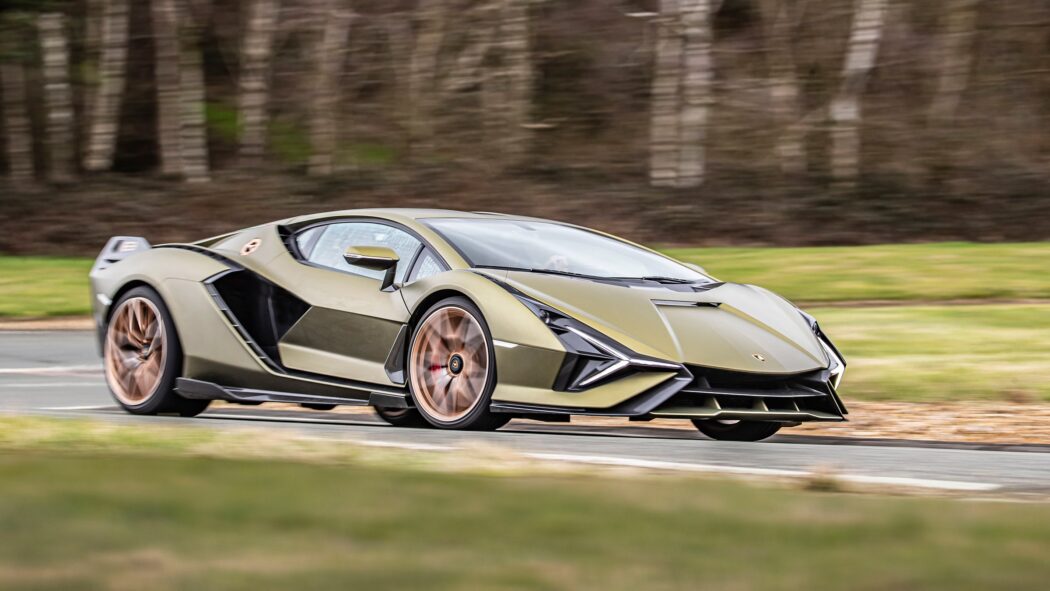
Lamborghini Estoque:
Breaking from Lamborghini’s conventional two-seater supercars, the Estoque is an unconventional four-door sedan introduced as a concept in 2008. Equipped with a 5.2-liter V10 and priced around $230,000, plans for mass production were regrettably abandoned in 2009, rendering it a concept car that never materialized.
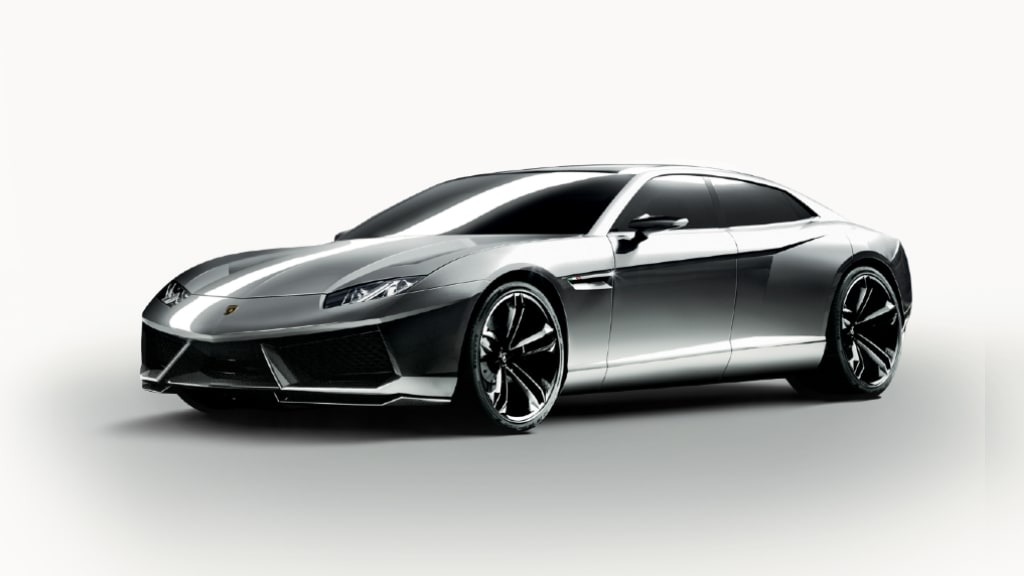
Lamborghini Jarama:
Contrary to the fierce appearance of many Lamborghinis, the Jarama exudes a more tranquil and charming aesthetic. Unveiled in 1970, it presented an elegant grand tourer with the typical V12 engine, designed to meet U.S. manufacturing standards.
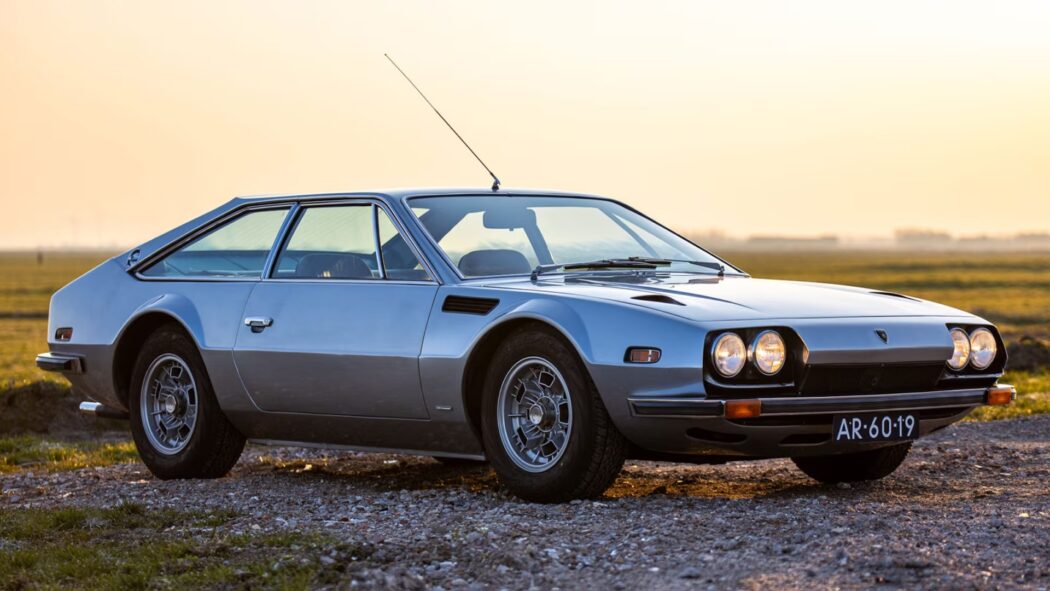
Lamborghini Veneno:
Crafted as Lamborghini’s 50th-anniversary celebration, the Veneno stands out as a unique and limited-edition masterpiece based on the Aventador. With an avant-garde styling unlike any other Lamborghini, limited to 12 units, and a staggering $4 million price tag, the Veneno epitomizes exclusivity.
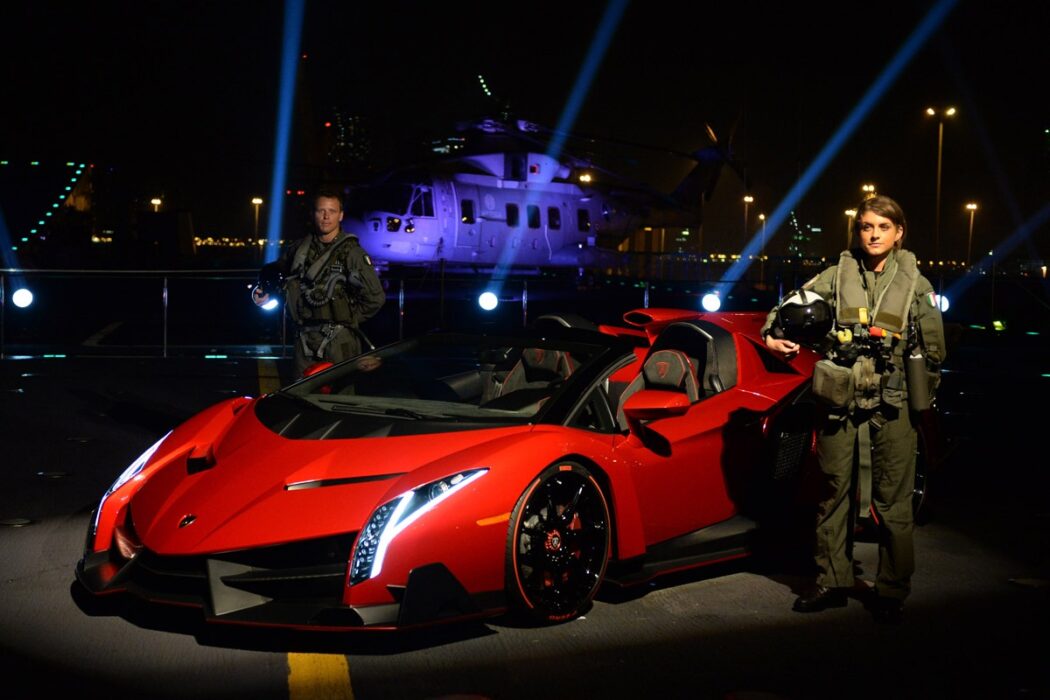
Lamborghini LM002:
Defying expectations, the LM002, also known as the “Rambo Lambo,” stands as Lamborghini’s unconventional SUV released in the ’80s. Boasting a square shape reminiscent of a Land Rover Defender, it marries off-road capabilities with a V12 engine, challenging the notion of what a Lamborghini should be.
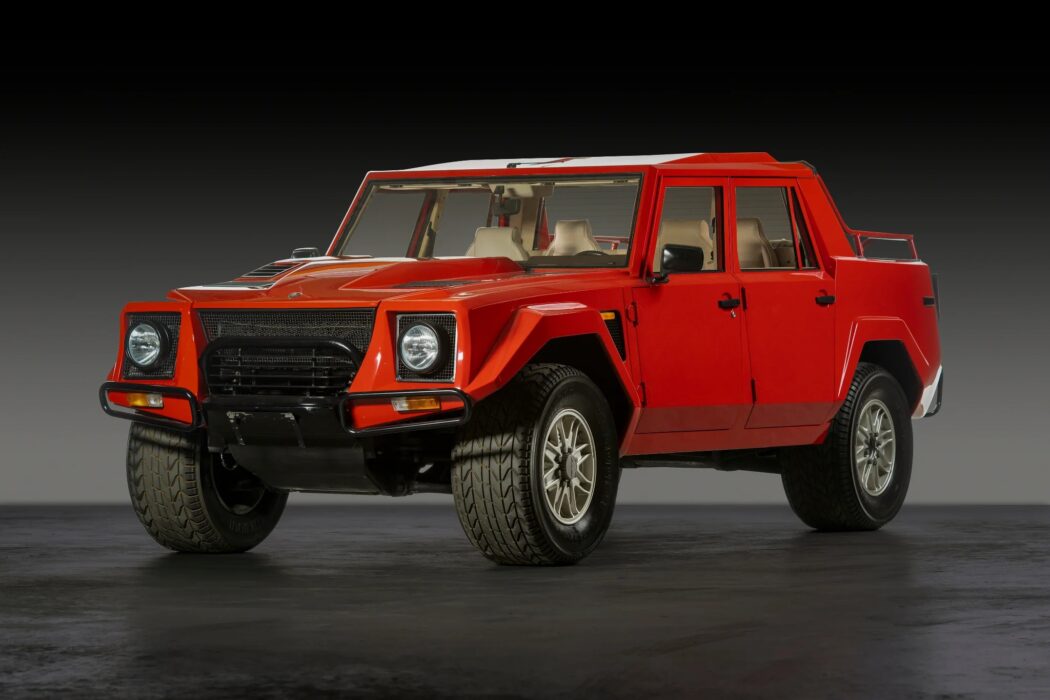
Lamborghini Jalpa:
The Jalpa was a trailblazer for Lamborghini, featuring the brand’s first-ever V8 engine. Initially intended as an affordable sports car, its production was cut short due to modest sales. Despite being underrated, the Jalpa showcased remarkable speed, handling, and road manners.
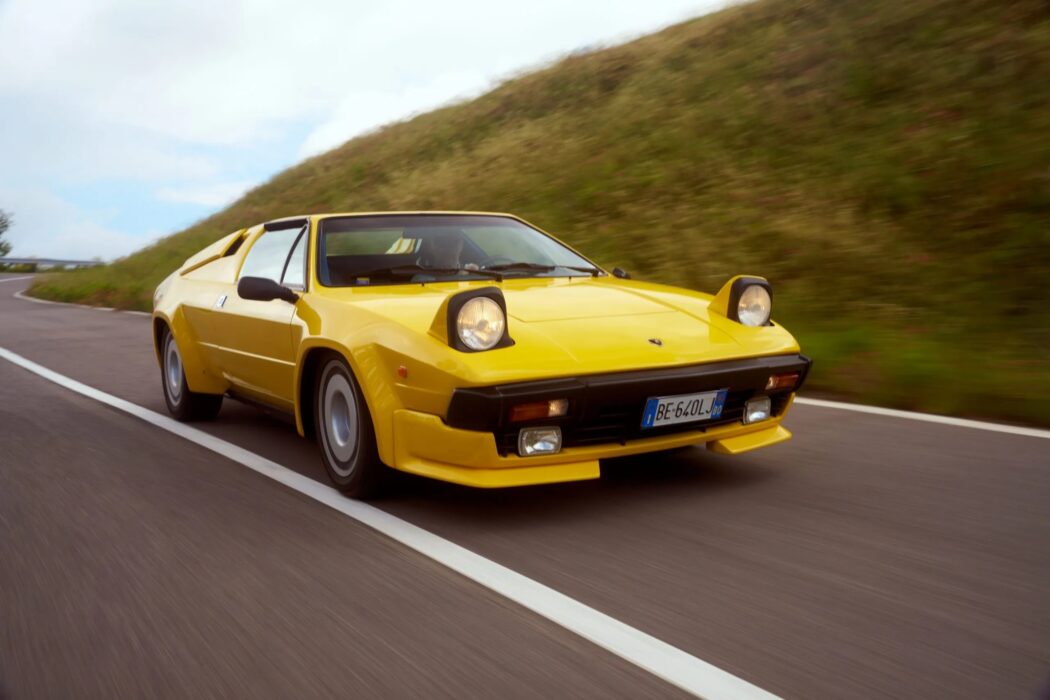
Lamborghini Urraco:
Born in response to Ferrari’s Dino, the Urraco emerged as a more accessible sports car, produced from 1973 to 1979. Available in three models with varying V8 engines, it’s considered by some as the precursor to the legendary Countach.
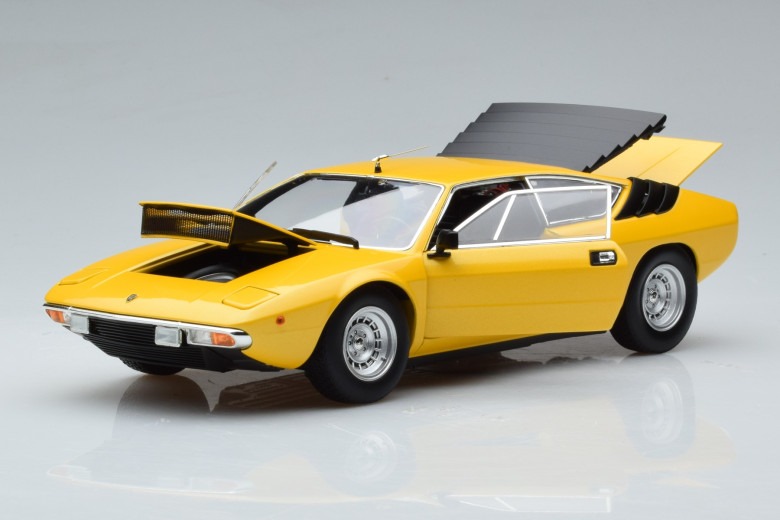
Lamborghini Espada:
In a departure from Lamborghini’s typical offerings, the Espada was a successful GT car produced from 1968 to 1978. Accommodating four occupants, equipped with a front-mounted V12, and boasting a distinctive elongated body, the Espada stood out with its unique design.
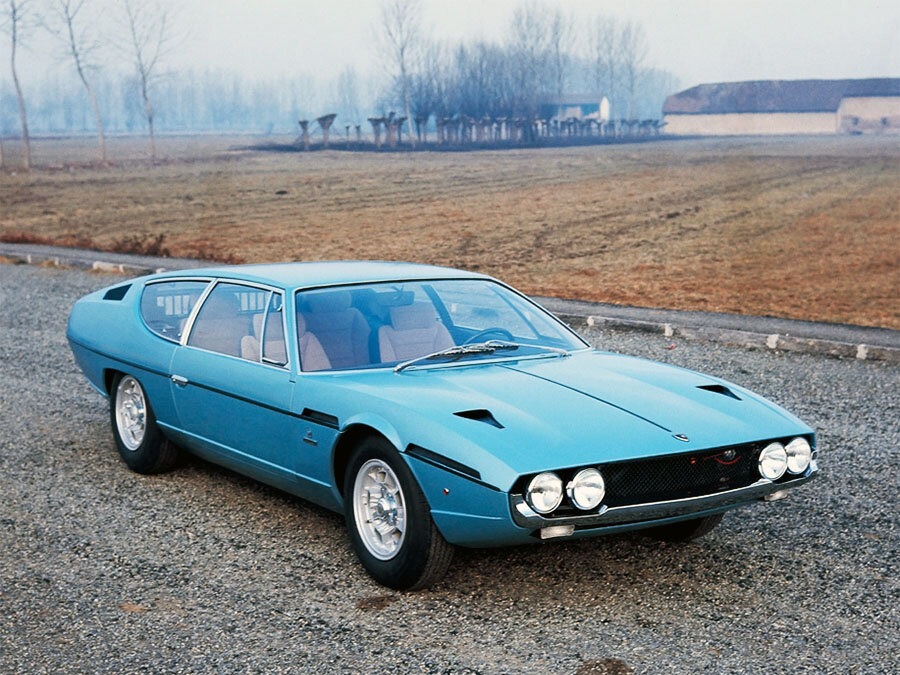
Lamborghini Reventón:
With only 21 units in existence, the Reventón is among Lamborghini’s rarest vehicles. Sharing an engine with the Murciélago, its V12 churns out 641 hp, and its exclusivity significantly influenced Lamborghini’s design choices for future models.
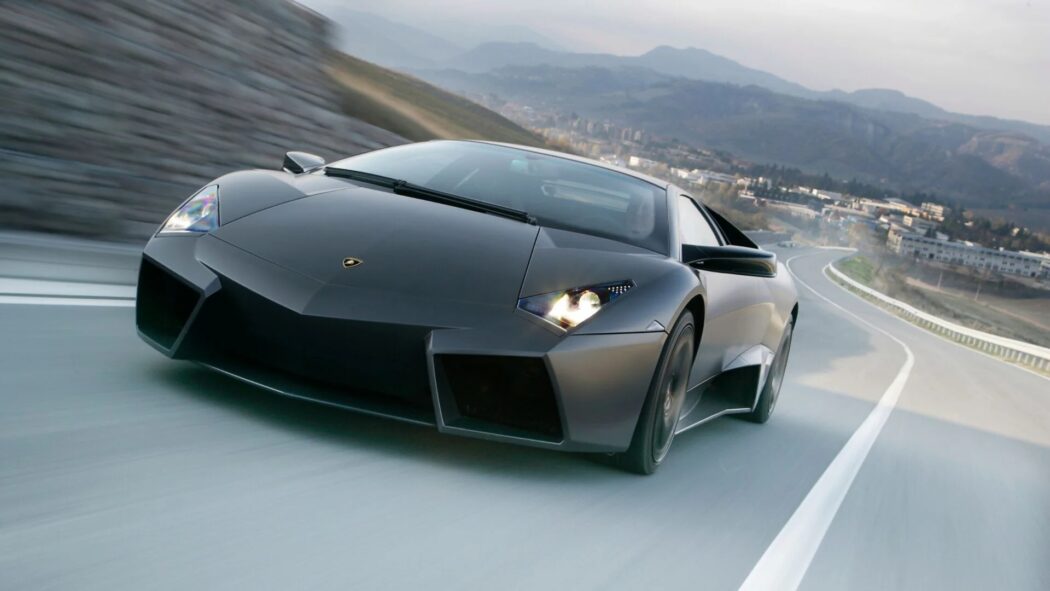
Lamborghini Sesto Elemento:
Limited to 20 units, the Sesto Elemento, named after carbon’s atomic number, showcases Lamborghini’s commitment to carbon fiber construction. Priced at $2.92 million, it boasts a 6-speed automatic transmission, all-wheel drive, and remarkable speed capabilities.
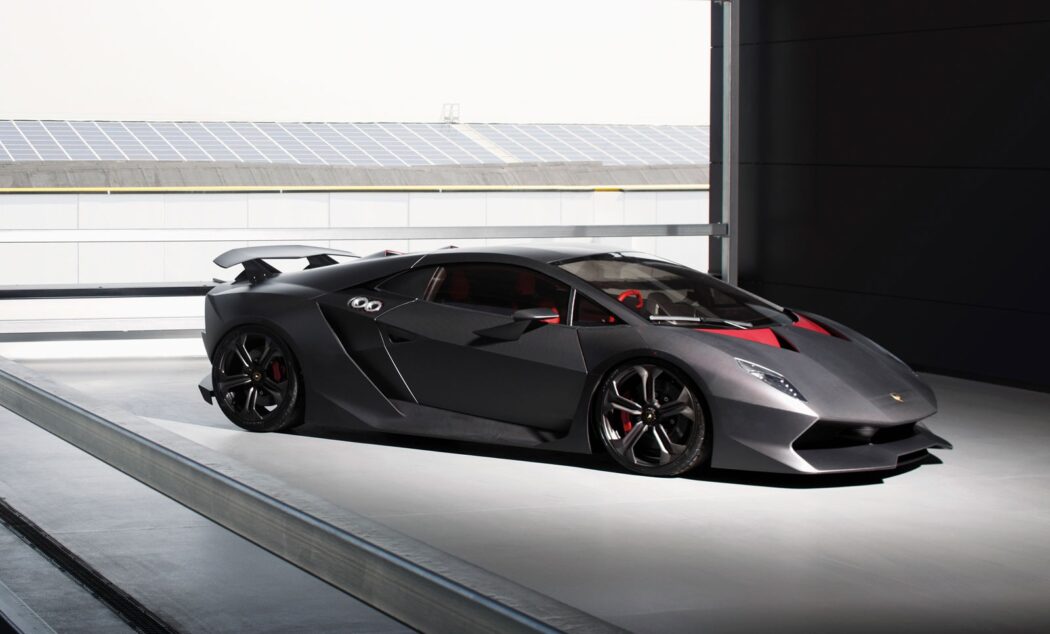
Lamborghini Huracán:
Since entering production in 2014, the Huracán has proven to be a success, featuring a mid-mounted 5.2-liter naturally aspirated V10. Despite being labeled an “entry-level” model by Lamborghini, it stands as one of the best-performing cars in production today.
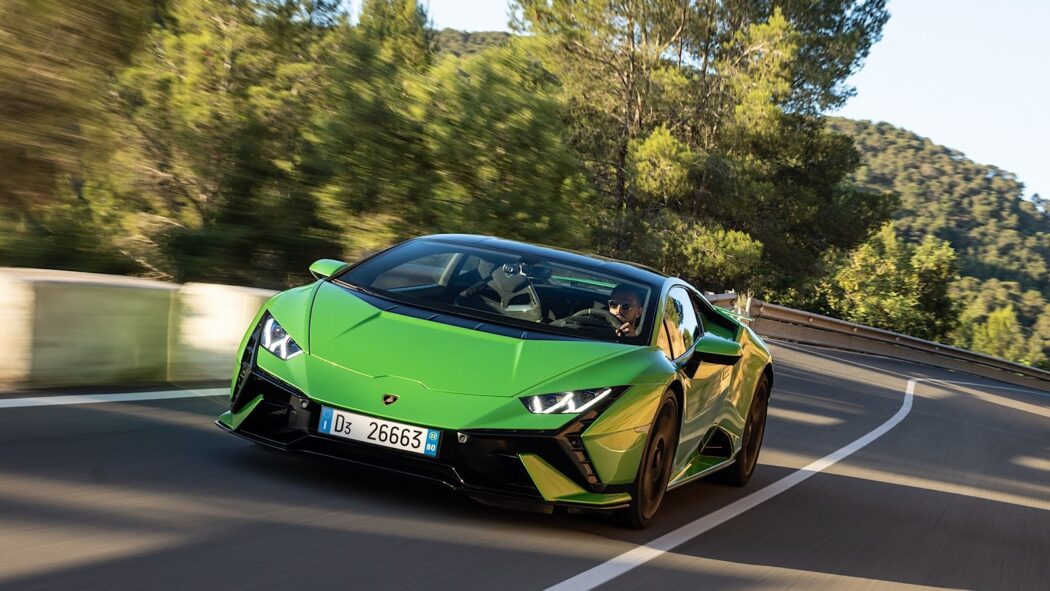
Lamborghini 350 GT:
The 350 GT holds historical significance as Lamborghini’s inaugural production car. Unveiled in 1964, it marked a crucial step in the brand’s evolution, igniting the fierce competition with Ferrari. Powered by a 3.5-liter V12, it showcased Lamborghini’s determination to excel in the sports car realm.
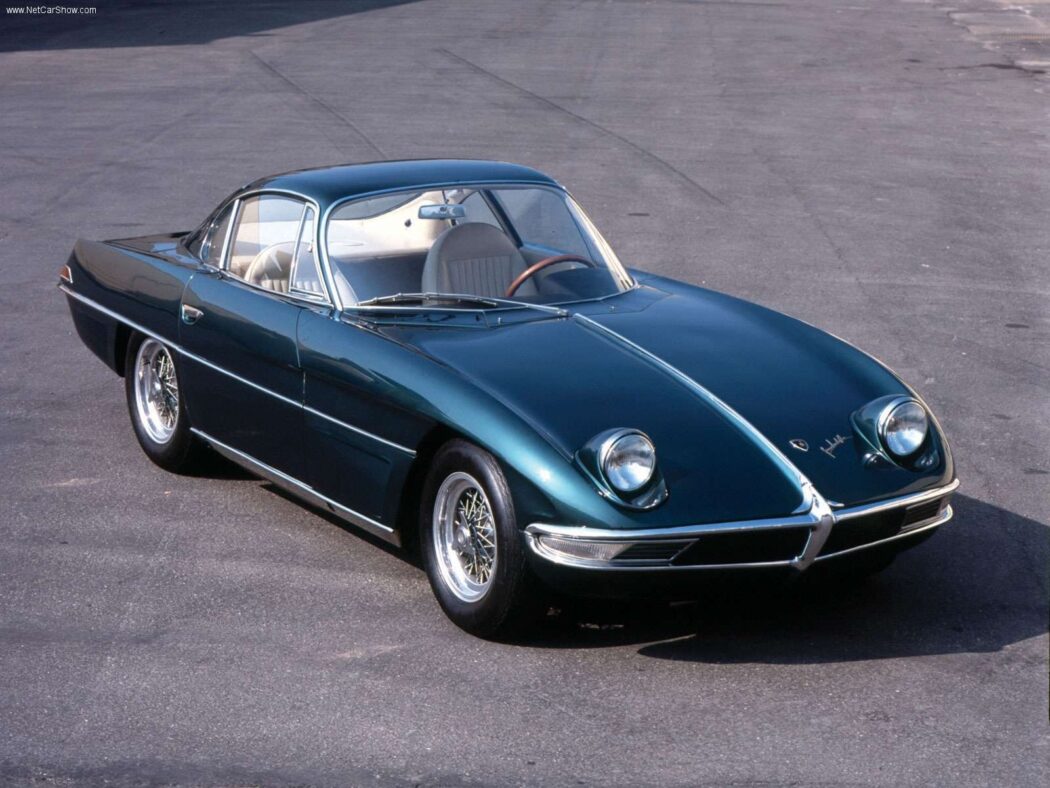
Lamborghini Aventador:
Launched in 2011, the Aventador rapidly became a symbol of Lamborghini’s prowess. It seamlessly blended the design heritage of the iconic Countach with contemporary enhancements. Production ceased in 2022 after exceeding initial expectations, solidifying its status as a modern classic.
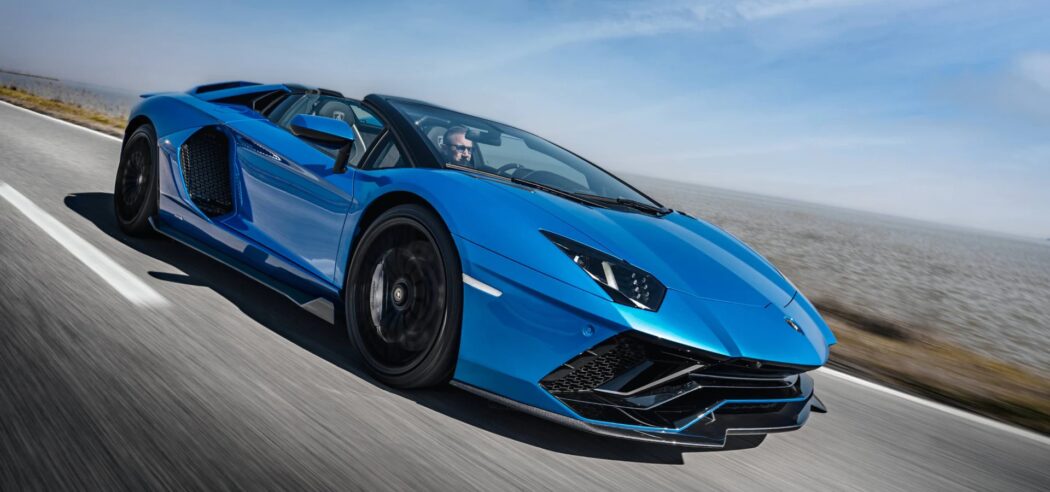
Lamborghini Gallardo:
As one of Lamborghini’s best-selling vehicles, the Gallardo, produced from 2003 to 2013, offered over 14,000 units across various iterations. Positioned as a more affordable alternative to the Murciélago, its mid-placed V10 and impressive road performance captivated enthusiasts.
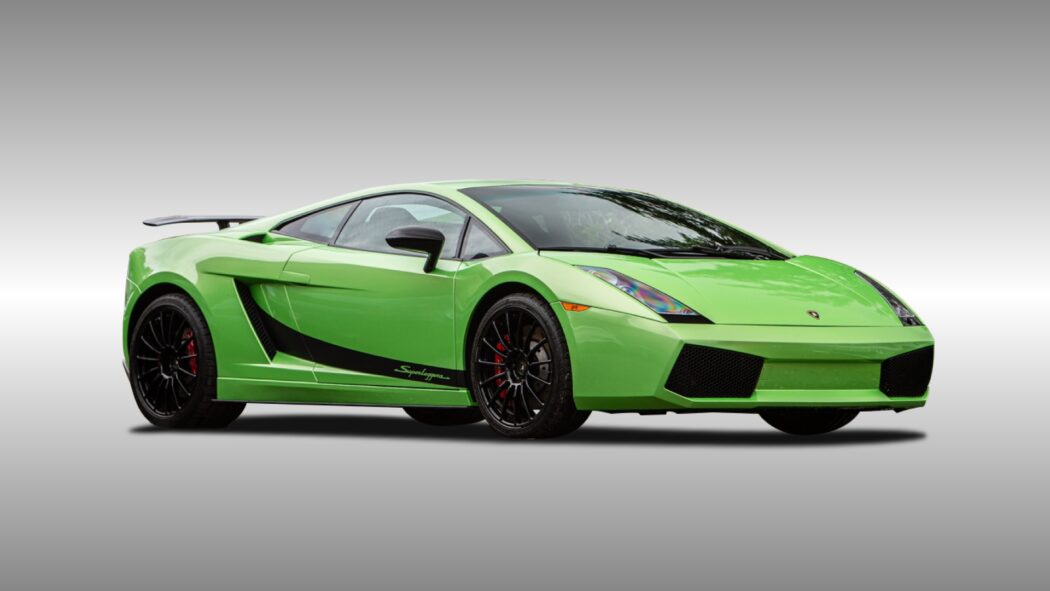
Lamborghini Murciélago:
Succeeding the Diablo, the Murciélago, produced from 2001 to 2010, emerged as Lamborghini’s flagship model during the 2000s. Blending the traditional V12 with innovations like all-wheel drive and paddle shifters, it earned acclaim for its driving experience and marked Lamborghini’s new era under Audi ownership.
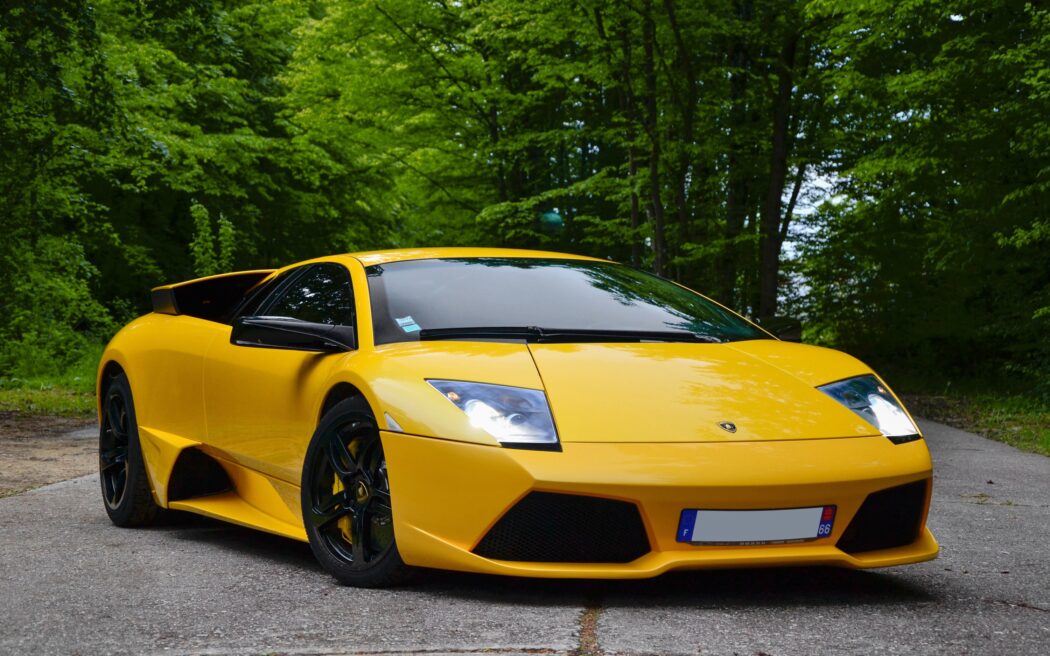
Lamborghini Miura:
Debuting between 1966 and 1973, the Miura P400 is lauded as the first true supercar. Unconstrained by prevailing trends, Lamborghini pursued perfection, propelling the brand into chassis and aerodynamics advancements. The Miura’s distinct beauty and groundbreaking design set the stage for Lamborghini’s future success.
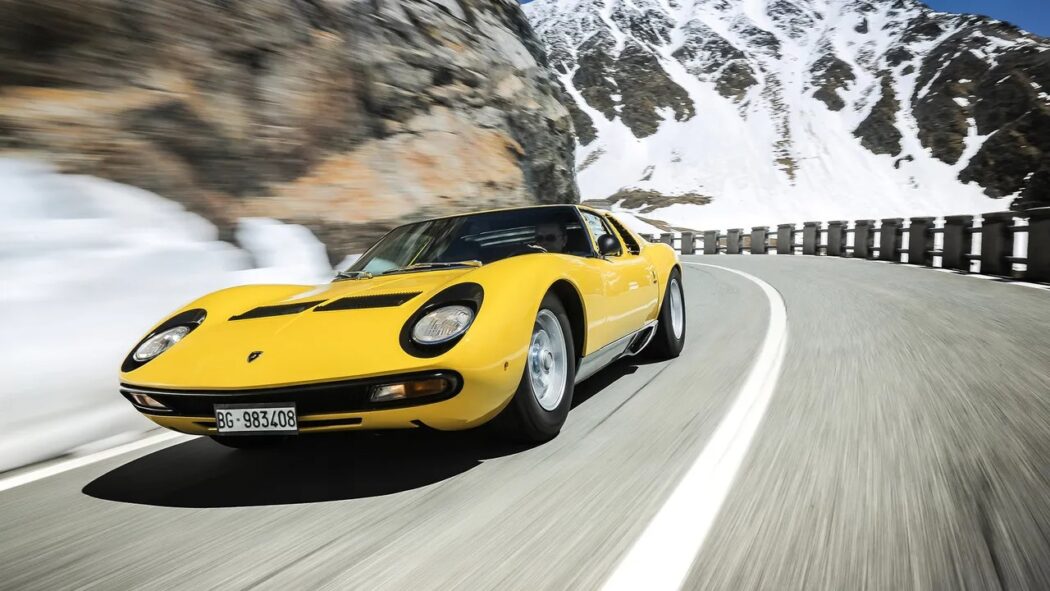
Lamborghini Diablo:
The Diablo, the first car to surpass the 200 mph threshold, garnered global acclaim and widespread fan adoration. Its name, meaning “Devil” in Spanish, aptly reflected its daring design and remarkable performance. Despite initial internal challenges, the Diablo evolved into a legendary supercar of the 1990s.
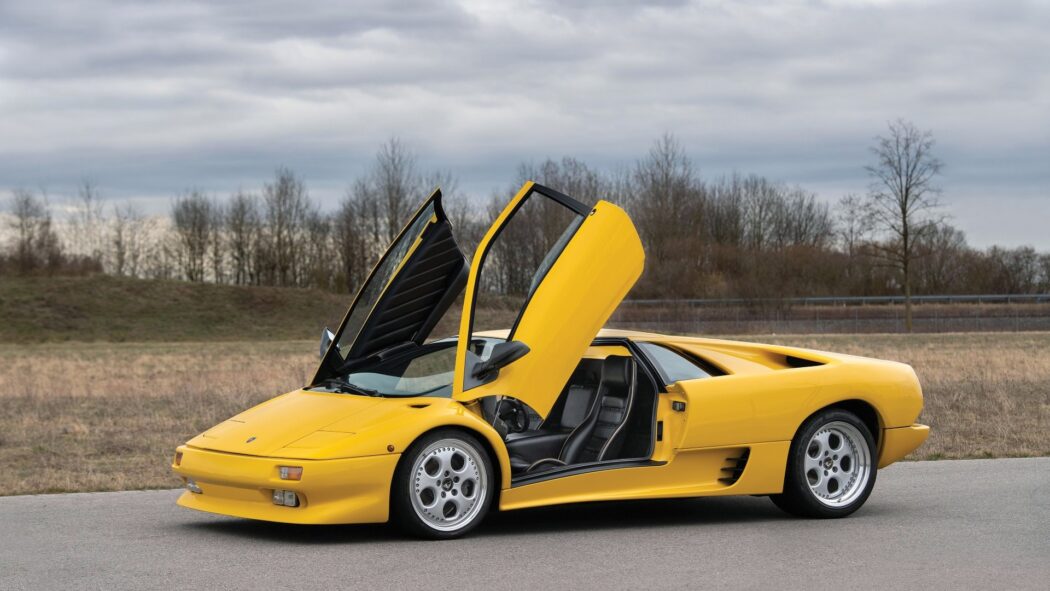
Lamborghini Countach:
In our estimation, the Countach stands as the quintessential Lamborghini, unrivaled in influence and beauty. Introduced in 1974, it captivated the automotive world with its futuristic aesthetics, birthing the iconic wedge shape synonymous with later Lamborghinis. With a V12 engine generating 375 hp, the Countach remains an enduring symbol of Lamborghini’s legacy.
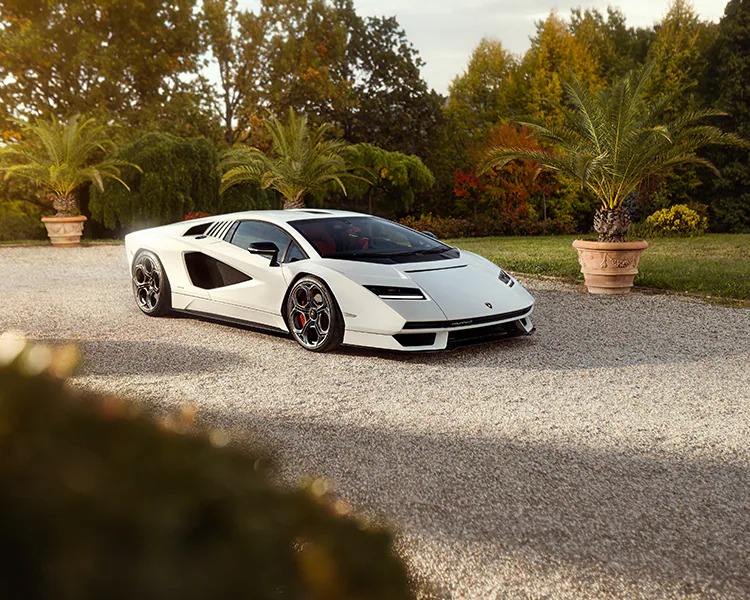
In conclusion, while there may not be a definitive “best” Lamborghini, the Countach, Diablo, and Miura undeniably epitomize the brand’s excellence. These models not only excelled technologically but also possessed a timeless beauty unmatched by many, solidifying their status as Lamborghini legends.


